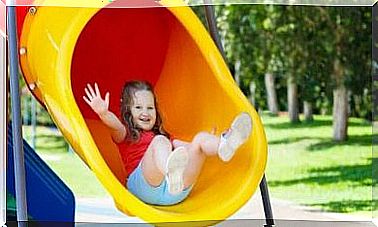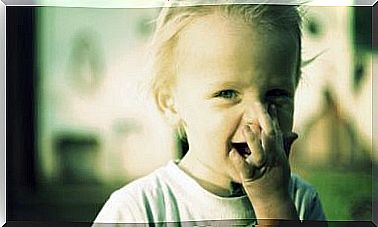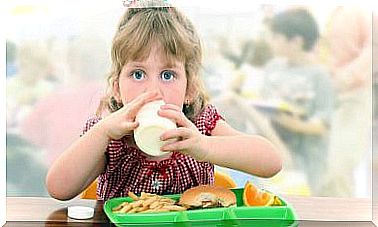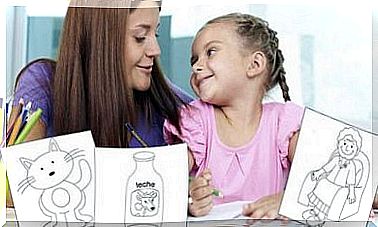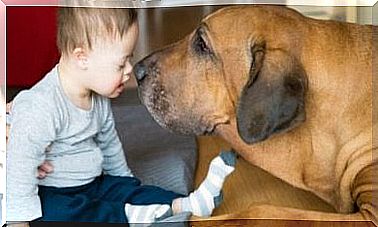3 Intervention Programs For Children With Autism – Being Parents
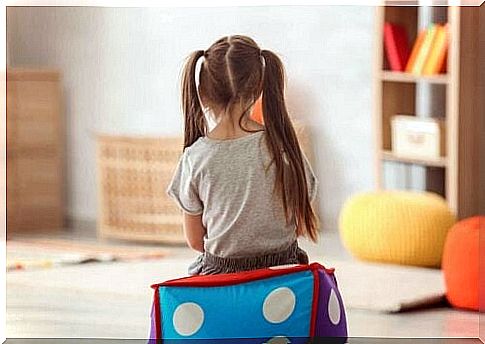
First of all, children diagnosed with Autism Spectrum Disorder (ASD) or commonly known as autism are typically characterized by problems with language development and communication (both verbal and non-verbal).
In addition, they may have difficulty developing their social skills. They often have rigid, inflexible and absolute thoughts. Therefore, it affects them drastically on a daily basis.
Fortunately, there are currently several intervention programs for children with autism. Indeed, these programs allow them to be supported in a process of improving these deficits. Here are a few.
First of all, you should be aware that the difficulties mentioned above may appear to a greater or lesser degree depending on each person with ASD.
The psychoeducational intervention must therefore be adapted to the specific needs of the child in question. That is to say, we must carry out a specialized and personalized intervention. All this according to the characteristics of the child and his environment.
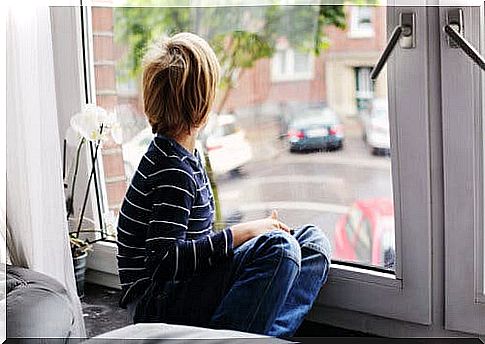
3 intervention programs for children with autism
The ABA method
The ABA method ( Applied Behavior Analysis ) is an intervention model for children with autism. It enables them to improve and develop new skills and to generalize appropriate behaviors to other situations. In addition, it helps reduce unwanted behavior.
This method is based on operant conditioning. Indeed, it consists in reinforcing the actions of the child in a positive and systematic way. This consists of giving him a certain reward (food, praise, song, game, etc.), whenever he adopts certain desirable behaviors related to the following areas:
- Adaptation skills.
- Motor capacity.
- The language, as well as
- Social skills.
- But also cognitive abilities.
- Executive functions.
- Academic skills.
- Finally, the skills in the game.
These areas are in turn broken down into smaller tasks. Indeed, this sub-division of tasks makes it possible to facilitate the execution of the latter. This will achieve the maximum level of the person’s abilities.
The TEACCH model, another intervention program for children with autism
TEACCH stands for Treatment and Education of Autistic and Related Communication Handicapped Children . This model is based on various key points:
- Structure the environment. This involves optimizing the organization of physical spaces, schedules, materials, etc.
- Use visual materials and cues.
- But also, to promote the collaboration of the family. The latter must use the same materials and the same techniques at home.
This method perfectly meets the specific needs of autistic children. It thus facilitates their learning and the correct development of social and communication skills.
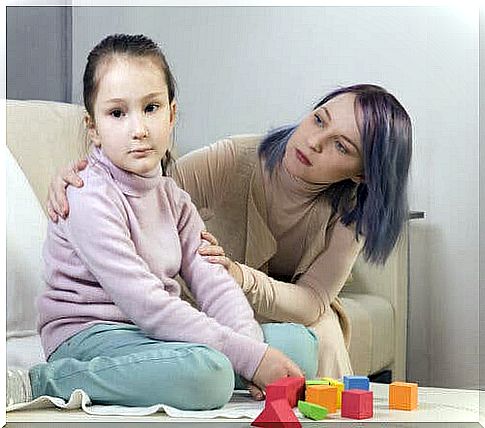
The PECS program
The PECS program stands for Picture Exchange Communication System or The Picture Exchange Communication System. It therefore aims to teach autistic children certain communication and social interaction strategies.
Thus, children gradually acquire the skills necessary to communicate naturally through the exchange of images or pictograms.
Finally, it should be remembered that these programs are psycho-educational intervention programs. Therefore, specialized professionals must put them in place to achieve better results. However, let us remember that the involvement of the family is fundamental for their implementation and therefore the positive results of their application.

